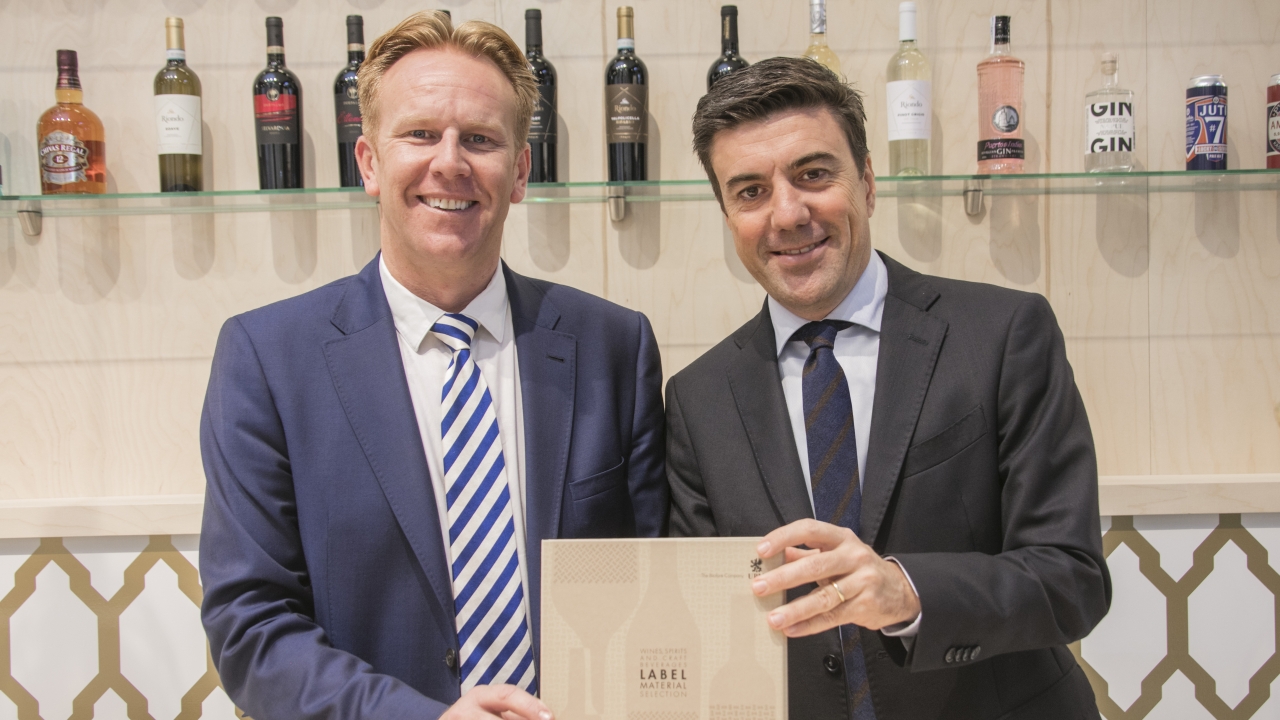UPM Raflatac, MCC, SGA produce visual sample book
UPM Raflatac has partnered with Multi-Color Corporation (MCC) and SGA Corporate & Packaging Design in Italy to create a sample book of wine, spirits and craft beverage labels inspired by natural surfaces.

The book is inspired by the details and perspectives of surfaces of the natural world, such as barks, petals, shells and feathers.
Nine label designs printed on 18 different materials capture the naturally occurring patterns and forms that provide inspiration for designers, stated UPM Raflatac. The sample book includes 62 blank labels in a wire-bound waterfall and technical data sheets for the label materials, as well as general information about the adhesives and backings that they can be paired with.
The book has been designed in collaboration with a team from SGA Corporate & Packaging Design led by chief designer Giacomo Bersanetti, who said: ‘The surfaces of the natural world represent a perfect analogy for these labeling materials and introduce a conceptual content to a catalogue that has also been designed to reflect UPM Raflatac’s commitment to operating with the utmost respect for the environment and its inhabitants.’
MCC printed the sample book.
UPM Raflatac explained that the sample book is designed to inspire, stimulate and excite designers, brand owners and wineries. It demonstrates how label designs and label materials can complement each other.
Jay Betton, business segment manager for wine, spirits and craft beverages in the EMEIA region at UPM Raflatac, said: ‘Working closely with SGA and MCC, we wanted to create a visually impactful resource to inspire label designers, converters, and others in the value chain by showing how our label materials provide the perfect canvas for premium branding and creative designs.
‘The designs showcase the latest trends in the segment, and the materials included are designed to meet the most discerning aesthetic and technically demanding requirements.’
Stay up to date
Subscribe to the free Label News newsletter and receive the latest content every week. We'll never share your email address.

